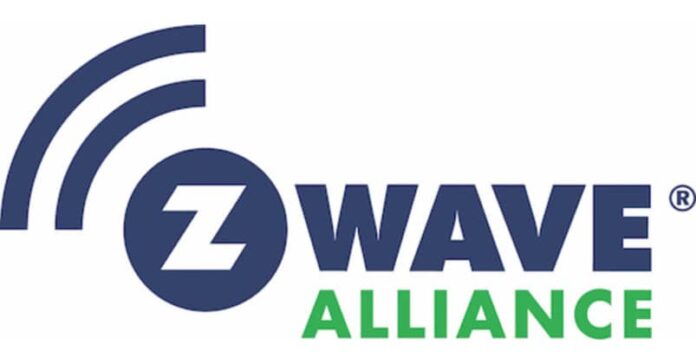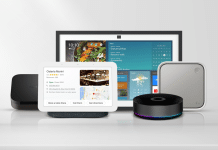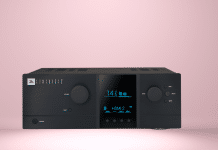
The Z-Wave Alliance has declared that the Z-Wave Source Code Project is complete, and will be opening up Z-Wave development and allowing members to contribute code to determine the protocol’s future under the guidance of the new OS Work Group (OSWG).
The project’s objective is to offer a comprehensive development environment with the pertinent source code and sample applications to individuals looking to directly contribute to the evolution of the Z-Wave standard. It has been published and made available to Alliance members on GitHub.
A new required Silicon & Stack Certification procedure will also regulate the quality and interoperability of goods using Z-Wave Source Code. Z-Wave S2 security, network connectivity, range, battery life, and interoperability, including backward and forward compatibility, will all continue to be tested for and certified by full Z-Wave certification.
“The Z-Wave Alliance is deeply committed to the global smart home market,” said Mitch Klein, executive director of the Z-Wave Alliance. “This year, the smart home conversations have focused largely on Matter. Shiny and new, and with big brands supporting the initiative, Matter is bringing a lot of attention to the smart home. This makes it easy to overlook Z-Wave as the most established, trusted, and secure smart home protocol, which also happens to have the largest certified interoperable ecosystem in the market. We firmly expect that Z-Wave will play a key role in connecting devices and delivering the experience users really want.”
While the Source Code project was ongoing, Z-Wave experienced growth achieving milestones such as the availability of Z-Wave Long Range (LR) certification, surpassing 4,100 certified Z-Wave devices on the market, and seeing 90 million new Z-Wave devices enter the market since 2020.
In 2020, when Z-Wave Alliance announced that Silicon Labs was contributing the Z-Wave code to the organisation, the Alliance was re-incorporated as an independently run, member-driven non-profit Standards Development Organisation (SDO). Over the last 20 months, technical working groups specific to features such as the physical layer working group (mac/PHY), networking layer working group, application layer working group (command class specification), and security working group have collaborated to complete the Z-Wave Source Code project.
Executed in beta testing and shared with members of the Z-Wave Member Summit, Exegin Technologies completed the Z-Wave Source Code porting to third-party silicon. The operation is Outlined in a blog on the Z-Wave Alliance website. The proof-of-concept network demonstrates how the Z-Wave Source Code package will provide developers and manufacturers with flexible implementations from the controller (hub/bridge) to end devices.
Further extrapolated, the implementation could be for both new controllers, such as Z-Wave/Matter compatible bridges, and for Z-Wave or Z-Wave/Matter end devices.
Silicon Labs, one of the primary code contributors to both Matter and Z-Wave, has developed a multi-protocol software development kit, the Unify SDK, for Matter-based hubs and bridges. The software tool provides for interoperability between the different wireless IoT protocols, including Z-Wave and Matter. The Unify SDK offers a how-to kit for manufacturers and developers to connect both new and legacy Z-Wave devices with new Matter devices.
Klein added: “This is going to be an incredible year for the smart home industry and an exciting time for verticals we see growing including MDU, hospitality, energy and insurance. As an SDO. Membership is the key to the future of Z-Wave technology. With a new Board of Directors, led by Amazon’s Jonathan Adams and John Osborne II who chaired Project CHIP, the industry will start to recognise and embrace all the shiny parts of Z-Wave.”















